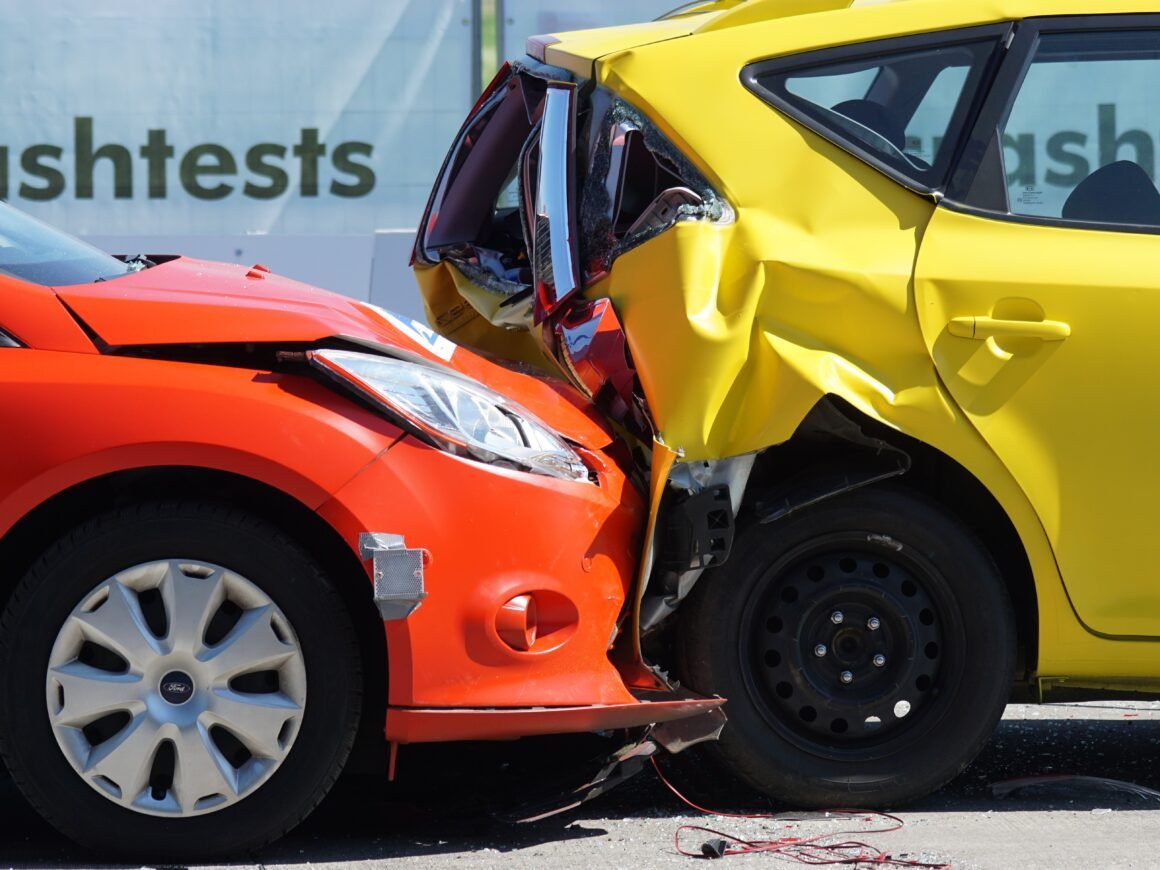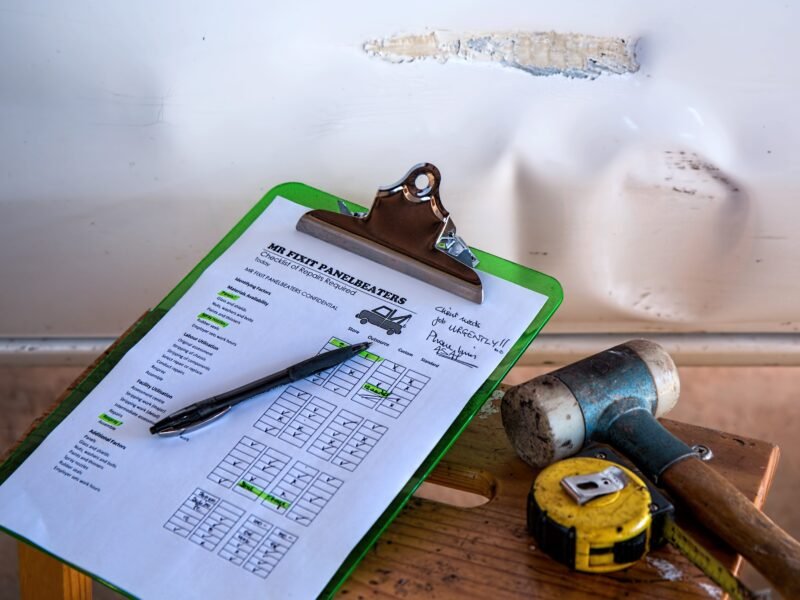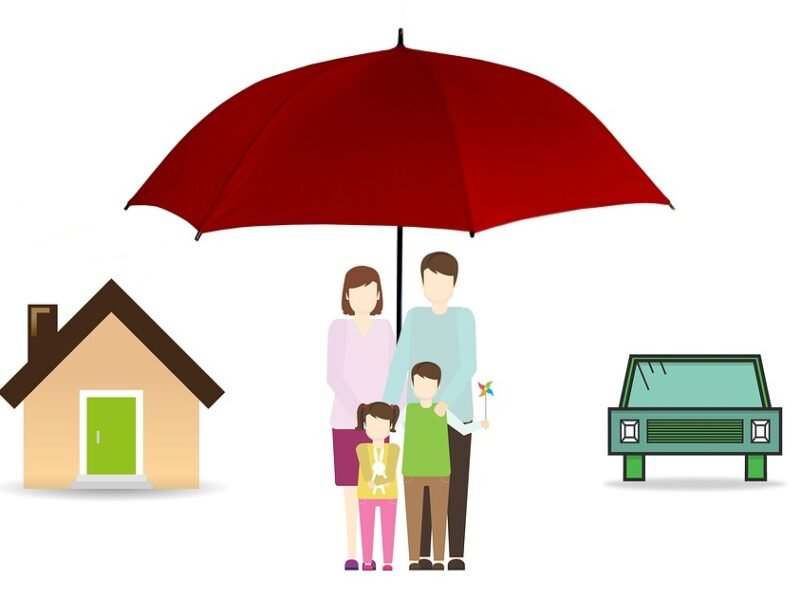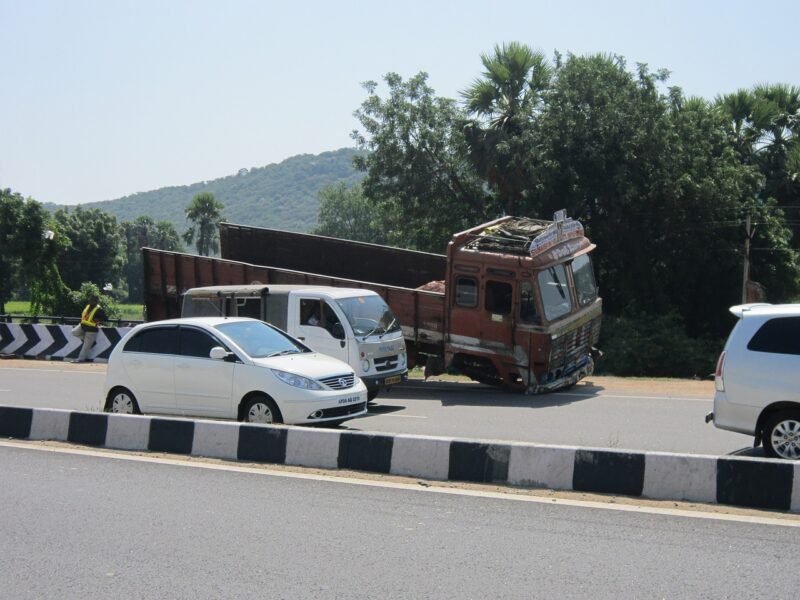Car insurance has grown to be a major part of modern life to give drivers, passengers, and pedestrians some financial stability or peace of mind. It results from an agreement between an insurance company and a car owner whereby the insurance company agrees to pay for certain financial losses or obligations in exchange for regular premium payments. Besides being a legal requirement in most countries, car insurance is also reasonable considering the risks associated with driving. This article outlines the importance of car insurance, the types available, what determines the premiums, and a few tips on how to choose the best cover for your needs.
Why Car Insurance is Important
Car insurance is pretty crucial for motorists as it serves several purposes-
First, it is financial protection against theft, accidents, and other damages. Most of the very expensive expenses for auto repair or replacement are covered under the cover of insurance.
Secondly, it covers an individual’s liability if an accident causes injury or property damage to another person. Drivers who are not covered by insurance face the possibility of substantial out-of-pocket expenses or even possible legal consequences.
Thirdly, motorists drive with peace of mind since they drive without the many financial burdens which they may have to incur.
In most countries, car insurance is legally required. Most governments try to help drivers to cover liability insurance at the minimum. Such a provision pinpoints the value of car insurance in maintaining responsible driving in order to ultimately promote social well-being.
Types of Car Insurance
Car insurance is available in several plans that are designed to meet different needs and hazards. Most of these common types are described below.
Liability Insurance:
- In most states, liability insurance is the most basic and essential form of auto insurance. In the case of an accident occurring due to the fault of the insured, that is, the policyholder, it covers the losses or injuries of other people. Liability insurance essentially consists of two significant parts: property damage liability, which deals with the replacement or repairing of destroyed property, and bodily injury liability, which covers medical expenses and lost income.
Collision Insurance:
- Instead, it pays to repair or replace the policyholder’s car in an accident, no matter who is at fault. It is very useful for the owners of expensive or new cars.
Comprehensive Insurance:
- It covers the incidents other than collision, which includes theft, vandalism, natural disasters, and animal losses. In many instances, this insurance goes hand in glove with collision coverage in order to get full coverage.
Personal Injury Protection (PIP):
- Also known as no-fault insurance, PIP pays for the medical bills of the insured and passengers, lost income, and all other related expenses. This is regardless of who is at fault in the collision. It is mandatory in some states and countries.
Uninsured/Underinsured Motorist Cover:
- This offers the insurance provider to pay in case the covered, out of an accident caused by someone not sufficiently insured, presents claims for compensation for medical expenditures, car fixes, and every other kind of damage.
Gap insurance:
- This covers drivers who loan or lease their cars. If the car is stolen or totaled, it covers the difference between the value of the car and the amount left on the loan or lease.
Cost of Car Insurance Factors
There are many determining factors that go into car insurance pricing. Clearly, many of these determining elements, if known by the motorist, can help the motorist make more informed judgments and, more than likely, decrease the amount of premiums paid. Of these, the following is critical:
- Driving Record: People who have a clean record, not having any citations or accidents, fall into the category of low risk and, therefore, pay less expensive insurance. Once one receives citations or causes accidents, it can be really very costly.
- Age and Experience: Drivers in younger age groups, particularly teenagers, due to lack of driving experience and being more prone to accidents, have to pay higher premiums while mature and experienced drivers continue to pay considerably lower rates.
- Type of Vehicle: The cost of insurance depends on the make, model, and age of the vehicle. The more expensive, high-performance, or luxury cars have higher premiums because the repair to the vehicle or its parts will be costly. Anti-theft devices and safety features reduce the premium.
- Location: By and large, the geographic factor that bears the most upon the variability of premium is the location in which an individual resides, maintains his motorcar, and parks it. Generally speaking, areas characterized by large traffic volume and vice activity are more costly than suburban or rural areas.
- Coverage Level: The type and level of coverage chosen by a client will also influence premiums. Basic liability insurance is cheaper compared to full comprehensive and collision coverage.
- Credit Score: In some states, credit scoring is allowed as a relevant measure to determine risk. As a high credit score always shows more responsible financial behavior, it’s bound to reflect lower rates.
- Annual Mileage: It is self-explanatory that the more time one spends on the road, the more danger they get exposed to. If a person drives less every year, chances of them finding better rates are higher.
- Deductibles: The amount the insured has to pay to realize a claim against which the insurance policy becomes effective is called the deductible. Higher deductibles no doubt bring lower premiums, but it also increases financial burdens when there is a need to make a claim.
How to Choose the Right Motor Insurance
Car insurance decisions are not to be taken lightly, since each person and their situation vary. The following tips might help drivers make informed decisions:
- Assess Your Needs: Based on your driving habits and the value of your car, determine how much coverage you need, but also link that to your financial situation. For an older car that has very little market value, for instance, comprehensive coverage is almost unnecessary.
- Compare Quotes: Get quotes from several insurance providers and compare the coverage and costs of each. Online comparison is helpful and considerably simplifies things.
- Insurer Reputation: Check the standing of the insurance company in terms of customer service, claims handling, and financial soundness. It may be quite useful to go through the ratings and reviews provided by independent agencies.
- Discount Search: A good credit score, a discount on safe driving, and the combination of several policies, including house and car insurance, anti-theft installation, are being provided by the majority of the insurance firms in order to reduce the premium rates; find out each one’s reduction.
- Check in detail the Policy: Go thoroughly through the policy terms and conditions; check whether the limits, exclusions, and deductibles of coverage meet your expectations or not.
- Add-Ons: More hidden or less frequently needed additional insurance products, to be added on depending on very specific needs, include gap insurance, roadside assistance, or rental car reimbursement.
- Reevaluate Regularly: Periodically reassess your insurance policy to see whether it relates to your life. Changes in life that may trigger an update to your coverage are relocating, buying a new vehicle, and/or improving driving record.
Conclusion
Having car insurance makes drivers feel safe and secure while driving, satisfying their legal obligations. Knowledge about the types of coverage available, how premiums can change, and the way to select the right policy will help drivers strike an effective balance on the cost-protection dilemma with a more informed decision. While there are accidents and natural calamities, car insurance will indeed provide everyone with the security and tranquility which a driver looks for when hitting the public roads.






